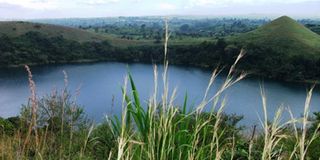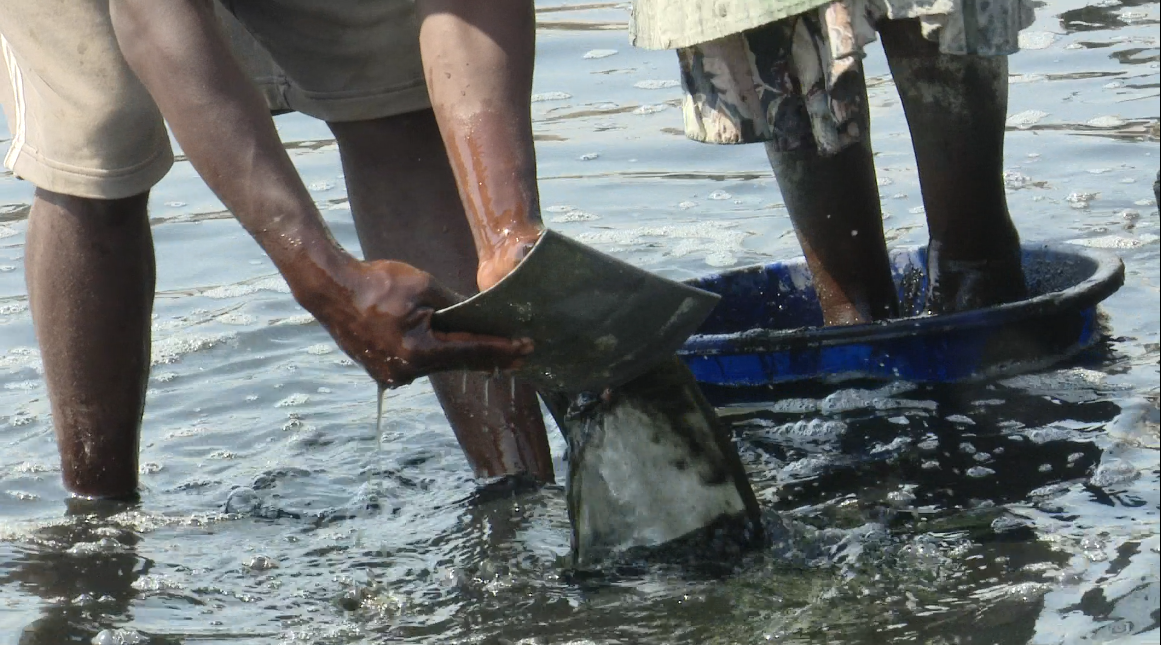Prime
Kabarole: the land abound with craters

Lake Kyaninga, one of the many crater lakes in Kabarole District. It and many others attract tourists all year round, who come to bask in the beauty they present. Photo by Felix Basiime
What you need to know:
Can you believe that there is a single district in the world, with more than 50 crater lakes, more than 10 rivers and that this district is in Uganda?
This is the case with this western district. With such endowments, one could think that the Kabarole is covered by water and that its people stay on and or walk on water.
Kabarole has a total area of 1, 814km2 of which, 1,569 km2 is covered by arable land and 198 km2 is covered by open water and wetlands. Most valleys in Kabarole have many flowing rivers and streams, something that makes farming easy since animals and people have several options on water points and there is almost no dry season throughout the year.
Why there are many craters
The many craters simply mean that there was a lot of volcanic activity in this area, leading to formation of the several crater lakes. This also explains why pozzolana, the mineral used in manufacturing cement, has high deposits in Fort Portal.
Craters are flat floor depressions, formed when explosions and eruptions of gases blow off the rocks at the surface, leaving a shallow circular depression. These depressions are at times filled with water to form crater lakes with typical examples found in Kasese, Kabarole, Bushenyi, Kisoro and Rubirizi districts.
Location
Kabarole is found within the Albertine Rift Valley, mainly comprised of numerous rivers, lakes and swamps that attract flora and fauna in this region, which is ranked the highest in bio-diversity, in Africa according to the World Wide Fund for Nature (WWF).
Tourism
All these aspects make the district a one-stop centre in drawing in tourists with its unique attractions such as the mountain gorillas. This natural endowment has attracted investors to set up hotels, beaches and camp sites on some of the ridges of these crater lakes, to boost tourism.
Mr Steve Williams, a furniture designer, recently set up the magnificent Lake Kyaninga Lodge at the highest edge of Lake Kyaninga, one of the beautiful crater lakes in Kabarole, just eight kilometres, north of Fort Portal town. The magnificent hotel of nine cottages attracts several tourists to the area, who come to enjoy the beautiful scenery.
Other crater lakes that have attracted hoteliers include Nyinabulitwa which has the Nyinabulitwa Country Resort and Safari Camp, about 20 km from the main town on Fort Portal-Kamwenge road. CVK (Crater Valley Kibale Resort Beach Lodge) is located on Lake Nyabikere, 21 kms on Fort Portal-Kamwenge road.
Others are lakes Nkuruba, Lyantonde, Nyinambuga where Ndali Lodge is perched on the ridges, and Lake Kasenda where Kasenda Beach Resort is perched.
Kabarole is also endowed with several rivers which include; Kayagi, Kaija, Kahomba, Sogohi, Muzizi, Rwimi, Kakoko, Kakule, Kabago, Kizikibi and Mpanga among others. Commercial fishing also takes place on about 30 of the 52 crater lakes, scattered in Kabarole District.
Rubirizi District in south western Uganda is the second place, after Kabarole that has several crater lakes with about 30 crater lakes to its name.




